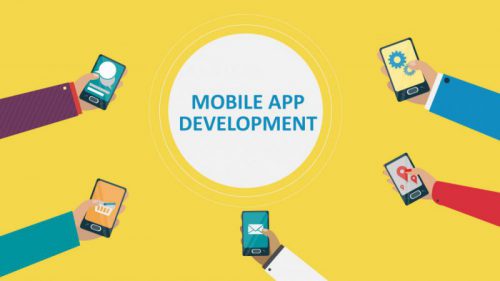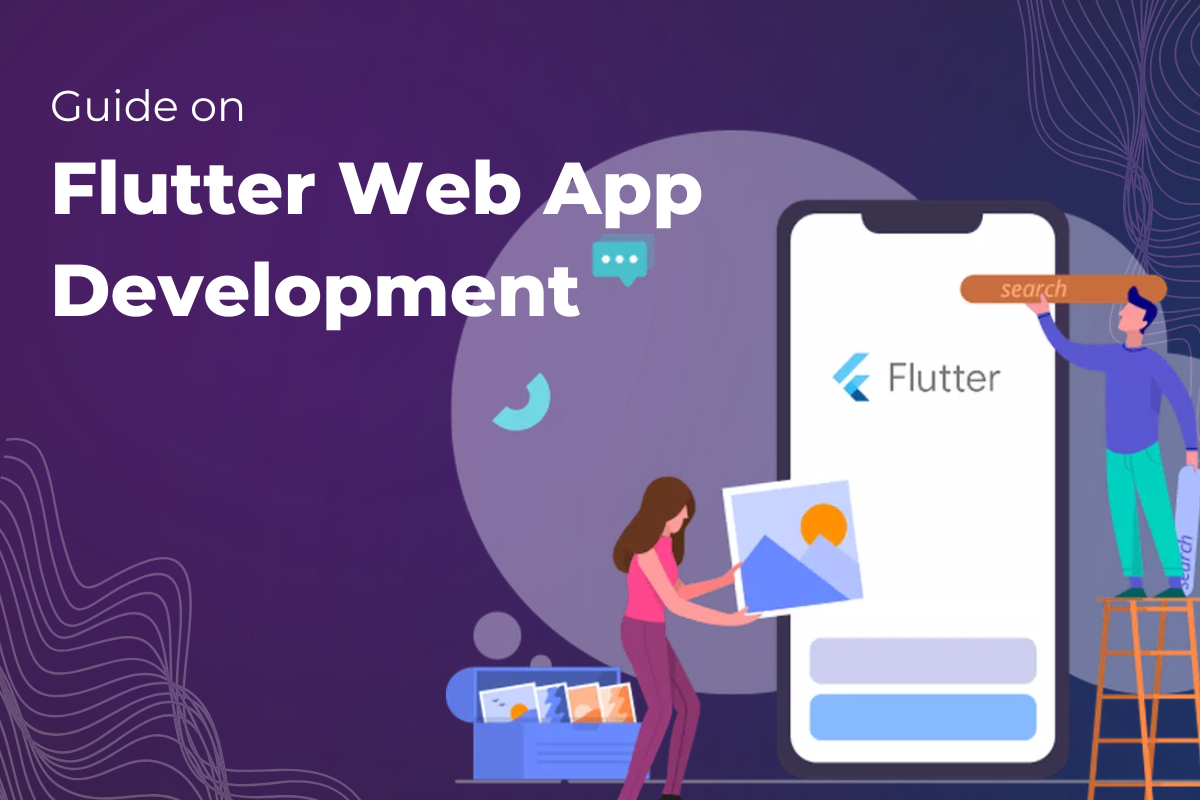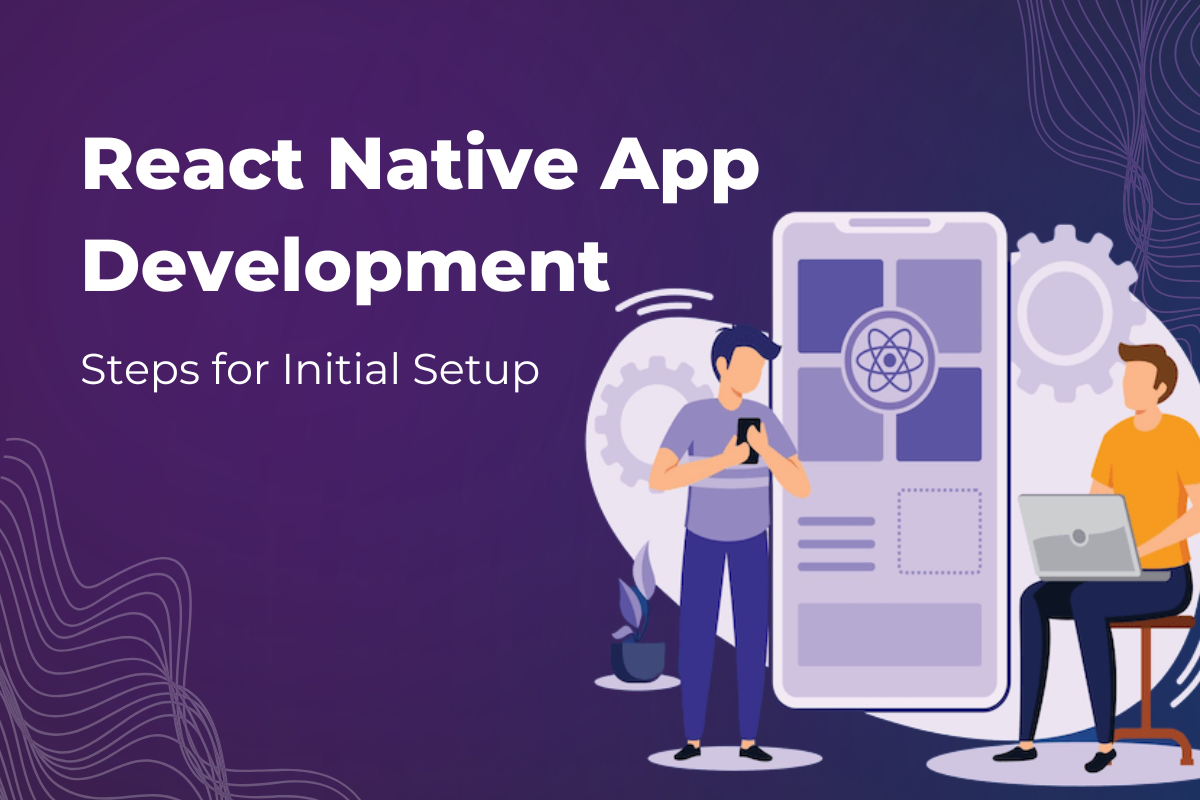At Seasia, development of a mobile application does not just mean designing and coding, but is a much more involved process, encompassing different approaches, development, quality assurance, delivery and maintenance.
We take this extensive approach as it’s impossible to make a successful product without these aspects. A product can be technically sound, but will fail if it does not offer value to its users or is not needed in the market. Likewise, the inimitable value of the product can be clear, but the product might fail if the user experience is poor and has imperfections.
This is why we thought of sharing an overview of how we approach product development, demonstrating the considerations for a more holistic process can greatly benefit the quality of your product and its ability to succeed in the market.
1. Product Definition
Product definition focuses on determining the goals of the product, mapping business objectives, market and competitor research, and creating a mobile strategy. At Seasia, product definition is completed in an intensive 2-3 day of boarding and project kickoff process, with a clear set of goals together with:
• Identifying the business and technical challenges to be elucidated from a feature standpoint
• Identifying the KPIs and success metrics
• Creating an ordered product roadmap
• Discussing key questions or problems to success
Towards the end of this process, we provide a set of deliverables that include the user personas, journey personas, wireframes/sketches, storyboard, and a visual app pattern.
Our onboarding process works to set the quality and priority of the delivery schedule for the project; ensures that we have a solid foundation to build a successful, in demand product; and allows our squads to make the essential decisions to deliver a great product.
2. Design
Our design process focuses just on the end user. All the decisions are made by keeping in mind the user, which is why mapping out user personas during product definition is so grave. Understanding the user and their needs helps inform design that makes the experience with the app easy and pleasurable.
While designing a product, we focus on building a usable yet aesthetically pleasing mobile application that offers a smooth experience. It does not matter how good the product looks if it has a poor user experience.
From product definition itself, we are able to take insights and innovations we make and apply them visually through a process of ideation, formation, prototyping, and styling.
3. Development
Our development process combines elements of various agile philosophies that allow us to create great apps, reduce risk, minimize downtime, and maintain project velocity. The central doctrines of our development process are described below.
4. Flexible, Squad-Based Development
Flexibility is an essential aspect of agile methodology in theory, but not in practice. Flexibility is important because it lets you shift and adapt to the changing circumstances and project needs without affecting the velocity of the project. The reason why teams struggle with it is for the reason that it needs to be infused straight into the development process, which is not an easy feat.
At Seasia, the arrangement of top mobile app developers team and the methods we follow are aimed to provide flexibility. For mobile application development, we use squadrons- small cross functional teams that share knowledge, plan together, complete the code reviews, and have an identified capacity that allows us to scale (up or down) within that capacity based on the project needs. There are numerous advantages to use this approach: faster development cycles, seamless knowledge transfer, reduced downtime, and an overall saving in the project risk.
We also make the most of rolling wave planning, which involves adjourning the product decisions until you are in the best place to make them. This allows the flexibility to adapt instead of having to stand by or re-plan a large document with the requirements that was conscripted earlier.
5. Sprints
Sprints are common agile development concepts that involve short development iterations. The purpose of these iterations is to accelerate the development and divide projects into smaller, attainable goals that can be achieved indefinite time frames. This allows the teams to be more productive, more accurate with the time estimations and you don’t waste resources in the event that produces a shift in the objectives of the business.
6. Story Points & Predictable Project Velocity
We plan and evaluate the capacity based on the story points. Stories are small units that define features from a user viewpoint. We allocate values to each story using a points system that measures its intricacy; the more complex the story, the more story points it would be awarded.
The capacity of the Squad is also defined in the story points. Expressively, a squad has a maximum of 25 story points per sprint. This verdict is based on our past projects that have allowed us to determine an unswerving number of story points we have been able to get through in the sprints from our former projects. This system allows us to estimate the time the project will take in the complete the work and maintain the project velocity.
7. Quality Assurance
The quality assurance serves the simple function of keeping the bugs away from the final builds. The QA team at Seasia is integrated with the development throughout the SDLC which helps in reducing delays and bottlenecks and ensures that the defects are corrected as and when discovered.
We use a combination of the testing practices and have a dedicated product team. Furthermore, we use an integrated system that gathers projects, checks for errors, and allocates the application to the product team for test analysis.
8. Delivery
Once the application is ready to be published, we also handle submission processes for the app stores.
For iOS, there is a vital yet overlooked phase that many don’t really consider in project timelines, but certainly should. If done inaccurately, the acceptance into the App Store can take up to a week, though stretched if the submission is overruled.
At Seasia, we also have a product release management system that assembles all the assets, enhances the app listing, and concludes the submission process as per the guidelines of the app store being submitted to.
Finally, looking at your mobile application project afar the scope of development is important to create a successful product. While from a design and technical perspective, the project needs to be sound, you also need a mobile strategy, a clear value, intention, an understanding of your customers, and a process for the testing and delivery. This holistic approach is what differentiates between the failure and success of the highly competing app ecosystem.



